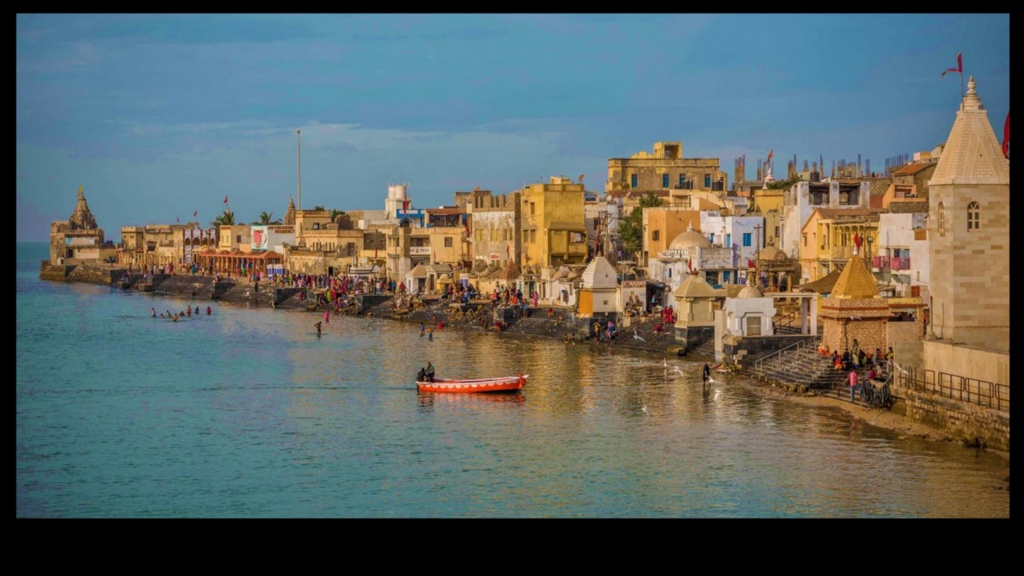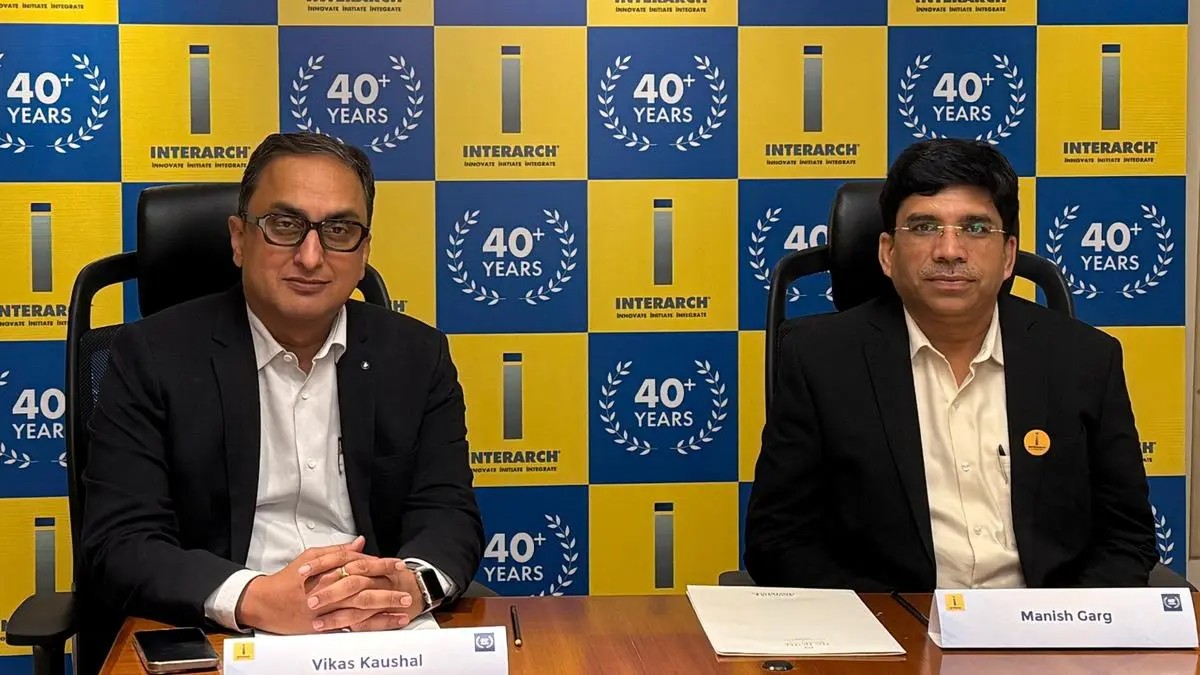One of the seven holy pilgrimage centres in India, Dwarka, has turned into a favourite destination for spiritual seekers. The sacred site not only has religious importance but also holds archaeological significance. The tourism industry majorly drives its business from the visitors and devotees visiting Dwarka’s ghats, beaches, and temples, which are also an architectural marvel.
Incidentally, earlier this year, the Archaeological Survey of India’s (ASI) nine-member Underwater Archaeology Wing (UAW) has undertaken an expedition around the Dwarka and Beyt Dwarka to study, document, and search submerged archeological remains in the place.
“Dwarka is an important place from a historical, archaeological and cultural point of view. Dwarka has always been a matter of research being mentioned in ancient literature,” Prof. Alok Tripathi, Additional Director-General of the ASI said.
“It has remained a significant part of the cultural history of India. Considering its importance, Dwarka has been explored and researched by historians and archaeologists in the past as well,” he added.
Dwarka As Important Tourist Destination
Once a spiritual seeker or a visitor enters the holy land; they’re certain of taking home lessons about Dwarka’s history. Tourists visiting the holy city are often amazed by the city’s charm and the places it has to offer. The most well-known story about Dwarka, as the legend says, is that Lord Krishna died here. After his death, the city was submerged in water six times and rose up every time. The city that we visit today is the seventh version.

The city is also known as ‘Devbhoomi Dwarka‘, which translates into the divine land of Dwarka. Tourists are also fond of the famous Nageshwar Jyotirlinga Temple, which is one of the 12 Jyotirlinga shrines of Lord Shiva. Tourists also show their admiration for the beaches and sea-side area.
Booming Tourism Industry
The tourism industry is booming in Dwarka, thanks to its religious presence. According to official data available, 83.54 lakh visitors were welcomed by Dwarka in the fiscal year 2023-24. This data shows a sharp surge, bringing success to the tourism industry.

In fact, 2024 was one of the best years for tourism in Dwarka, with the Diwali season witnessing over 13 lakh visitors in 20 days. In May 2024, the temple town attracted 11.03 lakh visitors, marking a peak season. Not just that, the tourism industry in Dwarka has been on the rise since 2022, when a record footfall of 36.08 lakh was recorded between January and July.
So, which are the major attractions in Dwarka that you can visit throughout the year? Let us have a look at it in this comprehensive guide.
1. Dwarkadish Temple
Dwarkadish temple has one of the most beautiful architectures and stands as one of the tallest holy places in the town. The Dwarkadish Temple is tied to the char dhams, remaining one of the best places to visit in the temple town.
Time to visit: 07:00 am to 12:30 pm and 5:00 pm to 9:00 pm
Location: Devbhoomi Dwarka
Best time to visit: February and November
Entry fee: None
2. Rukmini Devi Temple
Rukmini Devi Temple is among the most popular places in Dwarka. It is a symbol of devotion for the devotees, attracting them throughout the year. As the name suggests, the temple is dedicated to the goddess Rukmini. The temple reflects the devotion the goddess carried for Lord Krishna. Visitors and devotees are welcomed to the mesmerizing marble idols, leaving one and all in awe. Furthermore, the temple is well known for its water offering, which symbolises humility and devotion.
Time to visit: 06:00 am to 09:00pm
Location: Dwarka, Gujarat
Best time to visit: November and February
Entry fee: None
3. Bhadkeshwar Mahadev Temple
Bhadkeshwar Mahadev Temple is set on the banks of the Arabian sea, calling all the visitors and devotees for a magical experience. In the land of Lord Krishna, this temple serves as a holy hub for the devotees of Lord Shiva. It is believed that this temple was built by Jagadguru Shankaracharya.
Time to visit: 05:00 am to 07:00 am
Location: Sunset point, near Circuit house, Dwarka.
Best time to visit: October to March
Entry fee: None
4. Gomti River
The Gomti river offers a purifying experience to the visitors and devotees. It flows behind the Dwarkadish temple. Devotees often visit the place to purify their deeds by taking a plunge into the holy waters.
Time to visit: 06:00 am to 09:00 pm
Location: Beside Dwarkadish temple
Best time to visit: November to February
Entry fee: None
Overall, you’re in for a holy treat in Dwarka if you believe in Lord Krishna and Shiva. Dwarka, which means the gateway to salvation in Sanskrit, leaves you stunned with its water bodies and architecture.
Our team at Gujpreneur works really hard to compile a comprehensive piece to educate our viewers. If you like this piece do let us know by leaving a comment.







